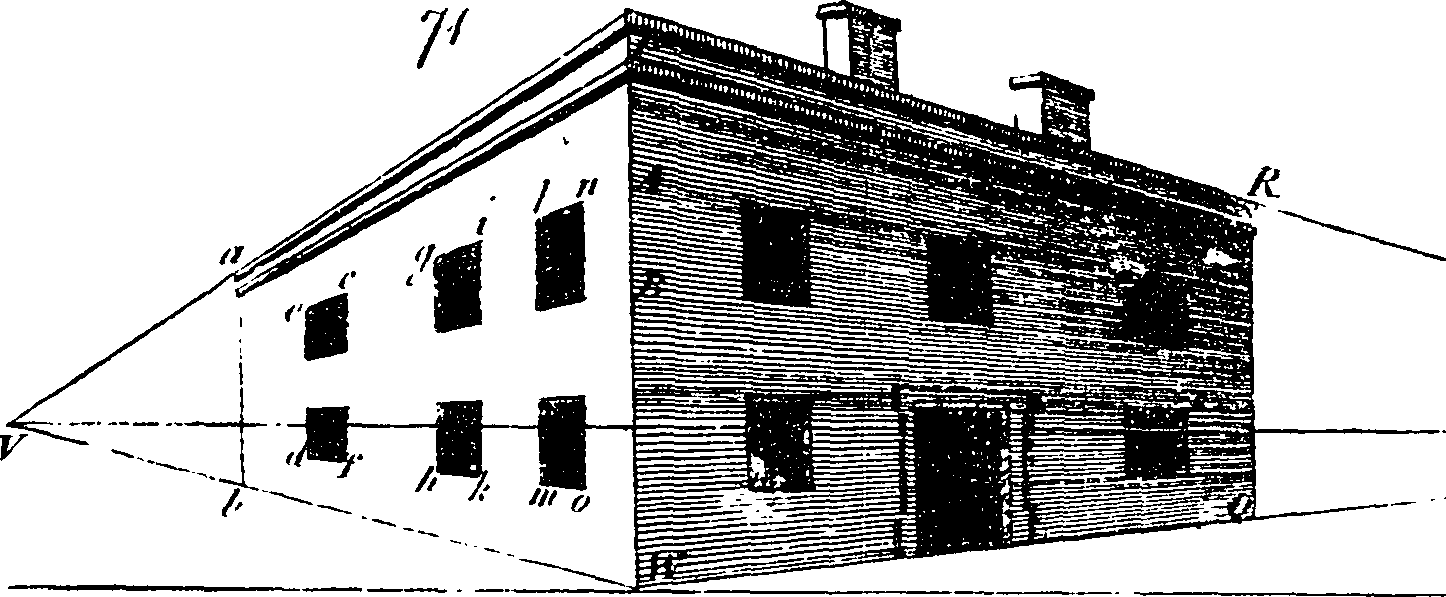Civil Engineering
Quantity Surveying
Reddy Shekar

Quantity surveying is a prominent tool used in the construction industry to manage all the costs related to buildings and civil engineering projects. It provides a road map to function the construction processes of a project without any disrupts.
In general, quantity surveying is a combination of estimation and costing of a project. Estimation is a technique of calculating the quantity of the various item of works, such as earthwork excavation, concrete bed, brickwork, masonry, etc. of a structure. Building drawing documents like plan, elevation and section view are generally used for the estimation process. Costing is a process of determining the probable cost that one has to incur to complete the project without any disrupts.
Read more..
 Looking to build project on Quantity Surveying?:
Looking to build project on Quantity Surveying?:
Skyfi Labs gives you the easiest way to learn and build this project.
- Quantity Surveying Kit will be shipped to you (anywhere in the world!)
- Use high quality videos to understand concepts and build the project
- Get 1 to 1 expert assistance from Skyfi Labs engineers while doing the project
- Earn a smart certificate on finishing the project
You can start for free and pay only if you like it!
Types of Estimates:-
- Abstract or Preliminary Estimate
- Detailed Estimate
- Supplementary Estimate
- Plinth area Estimate
- Revised Estimate
- Cube Rate Estimate, etc…
Latest projects on Civil Engineering
Want to develop practical skills on Civil Engineering? Checkout our latest projects and start learning for free
The most commonly used estimate techniques are,
- Longwall - short wall method - It is also called as Out to Out & In to In method. Because, in this method, all the walls in a building is divided into long walls and short walls. This method is simple to use and the results are more accurate. The only drawback of this method is, it takes more time to complete the calculations.
- Centerline method - In the method all the calculations are performed with respect to the centerline of the building layout. Compared to the longwall - short wall method, the centerline method consumes very less time to complete the calculations. This method can be applied easily in case of complex-shaped building areas like circular, hexagonal, octagonal, etc.
Procedure to perform the quantity Surveying:-
- The quantity of any particular work (earthwork excavation, brickwork, concrete work, plastering, painting, etc..) is calculated using the formula Length X Breadth X Depth.
- In case of both estimate techniques, the formula remains the same.
- Calculating the length parameter is only different in case of both estimating techniques.
- In case of long wall-short wall method, the quantity calculations are performed separately for both long walls & short walls
- Quantity = Longwalls length out-to-out or short walls length in-to-in X Breadth X Depth
- Long wall length out-to-out = C-C length of longwall + Width /2 + Width /2
- Short length out-to-out = C-C length of short wall - Width /2 - Width /2
- Where the width parameter represents the width or depth of the particular work
- In case of the centerline method, the quantity computational formula remains the same as long wall-short wall i.e Quantity of any particular work = Length X Breadth X Depth
- Length = Total centerline length of the building layout – [N × B /2 ]
- Where N represents the total number of T-junctions present in the building model and B is the width of particular work.
- Cost of any particular work is calculated using the formula,
- Cost = Quantity of work X Rate
- The rate parameter includes the cost of materials and resources required to complete the particular work.
With the rise of advancements in recent times, many software found to be effective & easier to perform quantity surveying. Such industry-grade software are ARCHICAD and Primavera.
ARCHICAD - This software is used to determine the quantity of different works in the building model.
Primavera - Is generally used to perform the costing operations.
 Did you know
Did you know
Skyfi Labs helps students learn practical skills by building real-world projects.
You can enrol with friends and receive kits at your doorstep
You can learn from experts, build working projects, showcase skills to the world and grab the best jobs.
Get started today!
Kit required to develop Quantity Surveying:
Technologies you will learn by working on Quantity Surveying:
Quantity Surveying
Skyfi Labs
•
Published:
2020-04-15 •
Last Updated:
2022-04-16
 Looking to build project on Quantity Surveying?:
Looking to build project on Quantity Surveying?:
 Did you know
Did you know